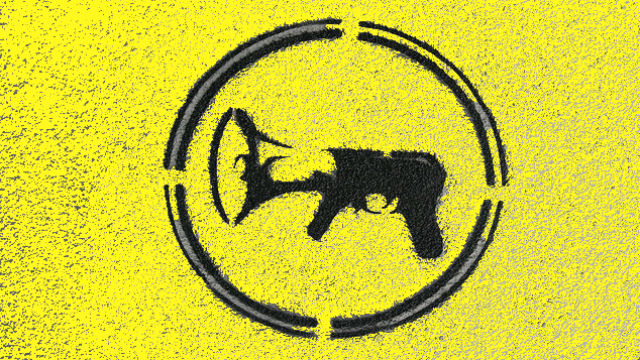The Perfect Burger? Try Liquid Nitrogen.

What’s The Big Idea?
While developing what is indisputably the bible of this movement – Modernist Cuisine – Nathan Myhrvold and fellow mad scientists experimented in the Cooking Lab to understand grilling better than anybody else has, ever.
Tip #1: Myhrvold’s First Law of Grilling: Line Your Grill With Aluminum Foil
Infrared radiation – the red light from the coals, along with some invisible rays – is what cooks grilled food. Your grill, unfortunately, is black. So most of the rays are absorbed by the grill, not your food. The result: Grungy, black chicken, hot dogs, and ribs. Lining the grill with aluminum foil, shiny side up, will reflect the rays upward onto the food, cooking it evenly.
Tip #2: Drippings = Flavor
The drip and sizzle of fat on the coals is responsible for much of the flavor we love in grilled food. So if you’re grilling vegetables, don’t be stingy; anoint them with a liberal dose of butter or oil.
Tip #3: The Ultimate Burger – Don’t Try This at Home
The ultimate burger is not easily replicated in your backyard. According to Myhrvold, it involves immersing the raw patty in a bath of liquid nitrogen, cooking it sous-vide, then deep-frying it, which yields a crispy crust and an evenly-cooked interior.
Tip #4: The Penultimate Burger – Cook Gently, then Sear the Hell Out of It
An outrageously good burger must be juicy and evenly medium-rare inside, with a crispy, crusty exterior. The best way to achieve this at home, says Myhrvold, is to cook the patty to medium-rare in the oven on a low temperature (this author’s intuition, not science, suggests 300 F), then “sear the hell out of it” on a very hot grill, over an open flame, or in a cast-iron skillet.
What’s the Significance?
The movement is significant also in that it is a counterpoint to today’s grassroots food movements that focus primarily on sustainability and the ethics of eating. Edible pictures of sushi printed with salmon-egg and seaweed ink help to sustain a creative dialogue about the role of surprise and delight in our lives, and how best to reconcile the joy of invention with our more pragmatic concerns.





